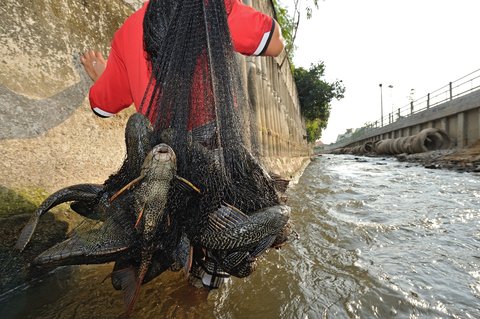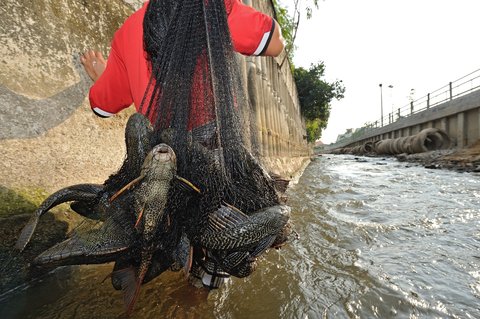
Most Minnesota anglers are not terribly delighted when they see a puckering sucker dangling from the end of their line. There are some though, who enjoy pursuing this feisty rough fish, especially during the sucker’s spring run.
Suckers migrate upstream in the spring and spawn when water temperatures are between 50 and 55 degrees. It is during this time, they are most vulnerable to anglers.
Suckers inhabit numerous waters throughout the state. They commonly live in the same lakes and rivers northerns are found in. In the southern half of the state, spawning usually occurs in mid-April. In the northern regions, the spawn is few weeks later.
Suckers reach maturity at age four or five. The males, which are darker in color than the females, move into the stream first. The females follow and lay about 36,000 to 130,000 eggs, depending on their size.
The average sucker caught during the run will measure from 12 to 16 inches in length. The state record caught at Big Fish Lake in Stearns County in 1983, weighed 9 pounds, 1 ounce, and was 24 inches long, and 16 inches in girth.
“Spawning migration is a good window of opportunity for anglers,” said Roy Johannes, the Department of Natural Resources’ Commercial Fishing Programs’ coordinator. “But it is a short window. People should do a check or stream temperatures often, because things will happen fast.”
Conditions that encourage the suckers to run include increased daylight hours, increased water flow, and moderating temperatures.
Prior to May 1, suckers only can be taken by angling. From May 1 through Feb. 16, they can be taken by spear, harpoon, and dip net as well, from sunrise to sunset. As with other rough fish species, there is no daily or possession limit on suckers. Anglers do however, need a valid state fishing license to harvest them.
Johannes said the DNR once viewed the sucker as a nuisance species, but in recent years their perspective has changed.
“Historically, they were viewed as a pest,” he said. “But we’ve come to realize they are an important part of the fish community. They are prey for large fish like walleyes, northerns and muskies.”
Suckers still are considered a nuisance species in the state’s trout waters, where they compete with trout for food. Occasionally, trout lakes must be reclaimed with chemicals to remove the suckers. One plus for those considering a sucker fishing outing this spring, is that suckers make a pretty good meal.
“Most people I know smoke them,” said Johannes. “They have white flaky flesh, but they do have a lot of bones and can be kind of oily. That’s why they smoke them. Smoked sucker is very good.”
© Think4photop | Dreamstime.com – Plecostumus Fish (sucker Fish) Outbreak In River, Thailand. Photo








